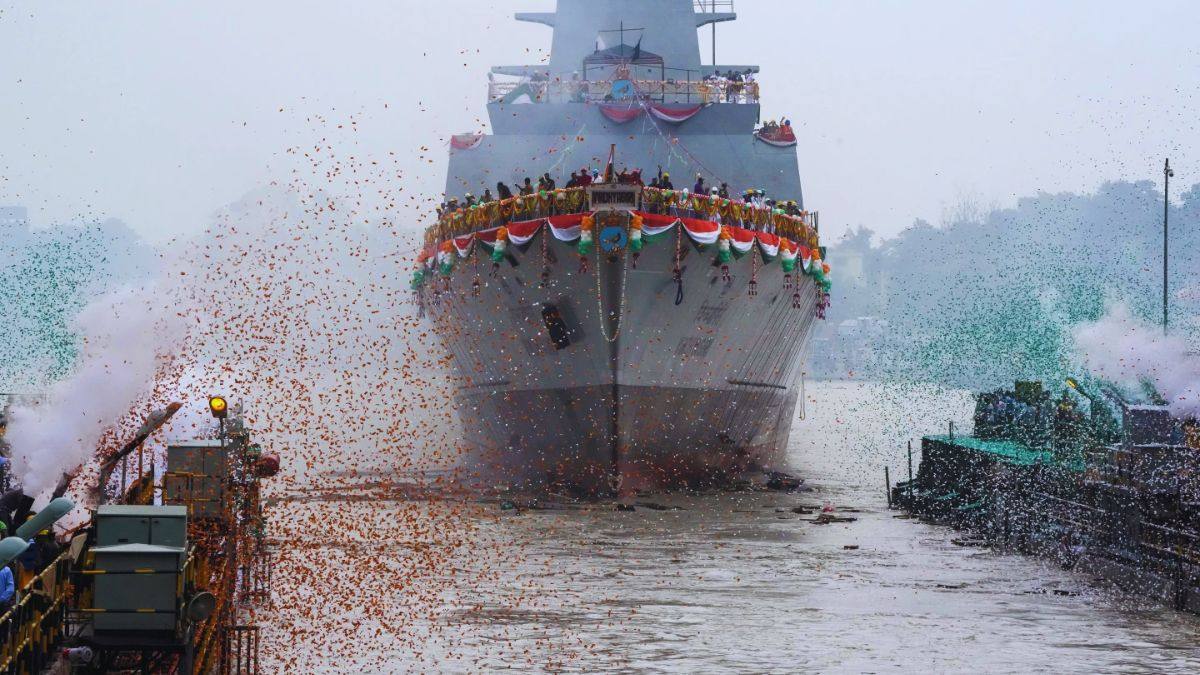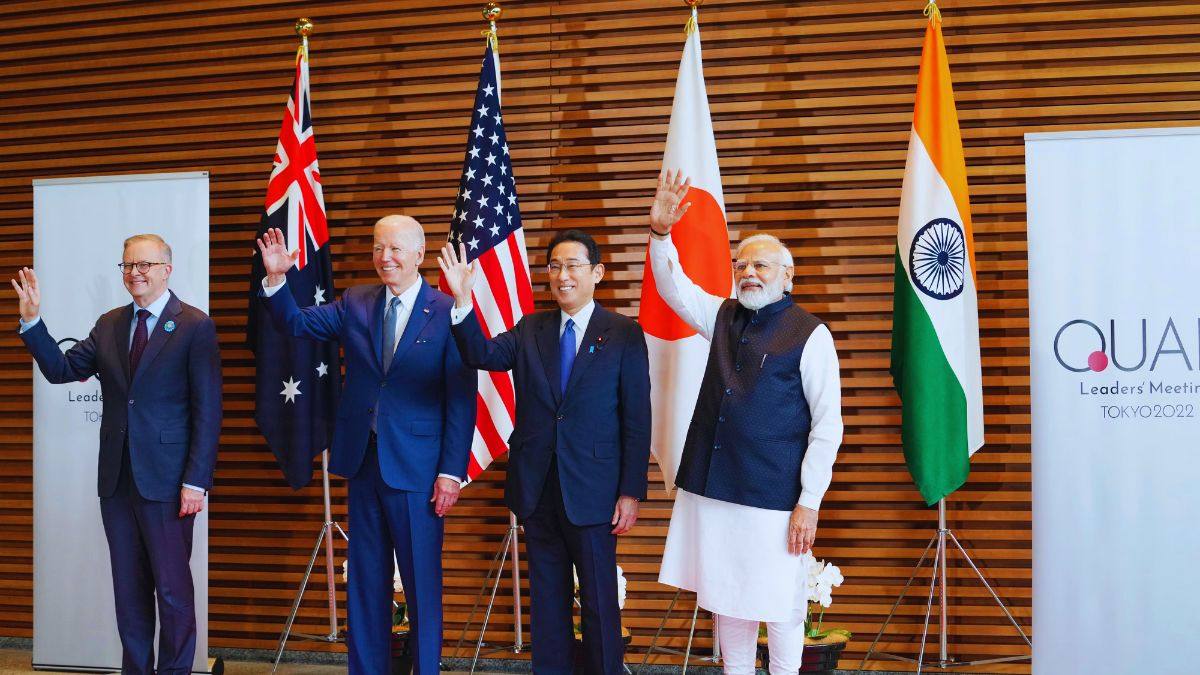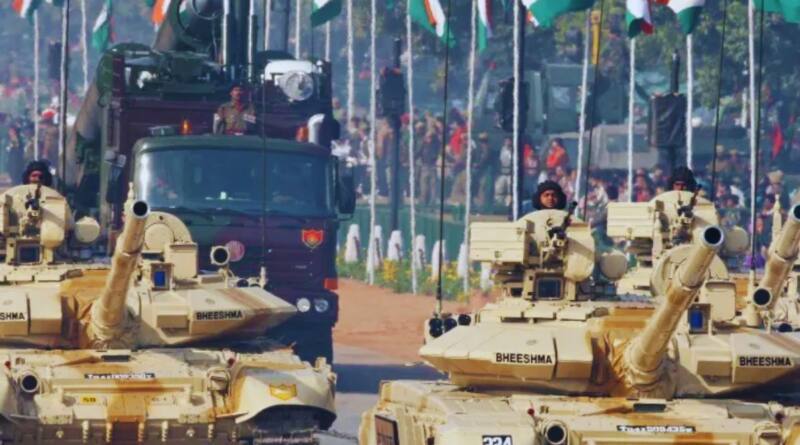India Begins to Flex Its Naval Power Now as Competition with China Grows
In November, India dispatched three guided missile destroyers and reconnaissance aircraft in response to Houthi rebels in Yemen targeting ships in support of Hamas, disrupting a crucial trade route that accounts for approximately 12% of global trade.

Vice Adm. Anil Kumar Chawla, who retired as head of India’s southern naval command in 2021, stated that the deployment demonstrates the country’s role as a “proactive contributor” to international maritime stability.
“We are not doing it solely out of altruism. “Unless you are a maritime power, you can never aspire to be a global power,” Chawla stated. India, already a regional power, is positioning itself “as a global player today, an upcoming global power,” he stated.
India is widely publicising the deployments, indicating its desire to take on a broader role in global maritime security as well as its growing maritime ambitions towards regional rival China.
“It sends a message to China that we can deploy a large force here. This is our backyard. Though we do not own it, we are likely the most capable and responsible resident naval power,” Chawla stated.
The Indian navy has assisted at least four ships, three of which were attacked by Houthi rebels and one that Washington blamed on Iran, a charge Tehran denied. It has also carried out multiple anti-piracy missions.
Iran-backed Houthi rebels have targeted dozens of ships in the Red Sea, claiming they are seeking a cease-fire in Gaza. The United States and its allies have responded with several rounds of bombings against rebel positions. India has not joined the United States-led coalition fighting the Houthis.
On Jan. 26, the Indian-guided missile destroyer INS Visakhapatnam helped a Marshall Islands-flagged tanker fight a fire caused by a missile in the Gulf of Aden. About 10 days ago, the Visakhapatnam responded to a distress call by the US-owned Genco Picardy merchant vessel after a drone attack in the same waters.
“Maritime security has not been a strong pillar of India’s foreign policy engagements in the way we are beginning to see now,” said Darshana M. Baruah, a Carnegie Endowment for International Peace scholar. “China is a factor in this.”
The rivals are already engaged in a military standoff along their disputed border in the mountains.
China has gradually increased its presence in the Indian Ocean, which serves as a vital route for its energy supplies. It has the world’s largest navy in terms of ships, more than three times the size of India’s navy. China also has a large fleet of coast guard ships and a maritime militia, which consists of fishing vessels that work with the coast guard to assert territorial claims in the South China Sea.
Beijing has increased its involvement in the Indian Ocean, primarily through infrastructure agreements with India’s neighbours, including Bangladesh, Sri Lanka, and, most recently, the Maldives.
“The Chinese are looking for more and more naval bases in the extended Indian Ocean,” said Lt. Gen. D. S. Hooda, a former Indian military officer and strategic analyst. “Seeing that, India doesn’t have any other option but to keep building up its own.”
Last week, the Maldives government allowed a Chinese research ship to dock in their port. In 2022 and 2023, similar Chinese ships visited Sri Lanka, raising concerns in India that they could be used for surveillance purposes. Sri Lanka imposed a one-year moratorium on foreign research ships entering its waters due to concerns raised by India.

According to experts, India’s growing competition with China is motivating it to acquire more advanced ships, submarines, and aircraft, as well as increase its investment in technology and infrastructure. The navy now accounts for 19% of India’s burgeoning defence budget, which reached $72.6 billion last year, up from about 14%. The Indian army has traditionally received the majority of the military budget.
The navy has also formed strategic alliances by participating in joint exercises with other countries in the region and beyond.
According to Baruah, the director of the Carnegie Endowment’s Indian Ocean Initiative, there is a “need for Delhi’s strategic thinking to be maritime-oriented, not just as an option for crisis response but as a theatre to advance India’s most pressing geopolitical and strategic priorities in the Indo-Pacific.”
The Indo-Pacific strategic alliance known as the Quad, which includes India, the United States, Australia, and Japan, has repeatedly accused China of flexing its military muscle in the South China Sea and aggressively pushing its maritime territorial claims. The four countries’ navies conduct regular drills to counter China’s increasing assertiveness in the Pacific.
Beijing claims its military is solely defensive, protecting its sovereignty, and views the Quad as an attempt to limit its economic growth and influence.
The South China Sea is a major concern for Indian naval planners, as approximately 60% of India’s cargo travels through the Beijing-dominated shipping lanes.
Chawla stated that India lacks the “strength to project power into the South China Sea right now” due to China’s extensive maritime assets there.
“Frankly, if it comes to a shooting war, India does not really have the capability, and Quad does not have the mandate,” he went on to say. “You know, it’s not a NATO-like alliance yet.”




